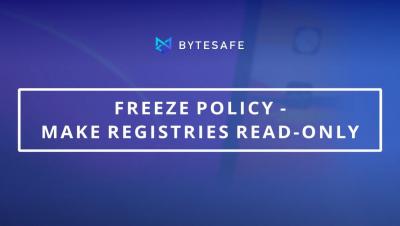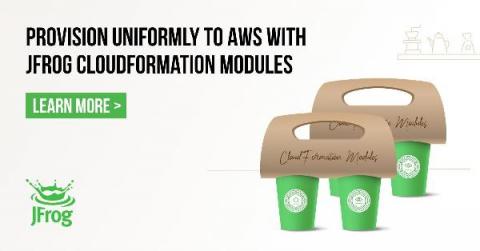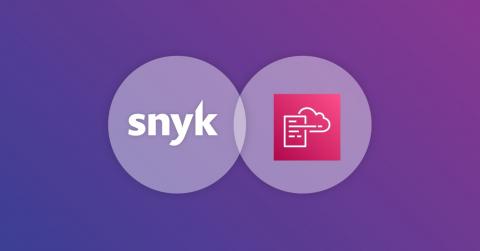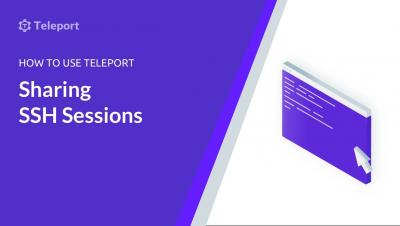Security | Threat Detection | Cyberattacks | DevSecOps | Compliance
DevOps
CloudCasa Adds Azure Cloud Storage Option, Ransomware Protection and Kubernetes Persistent Volume Backup
Styra blends flexible integration and policy-as-code framework for Capital One
Capital One Financial Corporation is the nation’s largest direct bank. They have a well-earned reputation as a data and tech pioneer in the financial services industry and have long been progressive in setting a bold agenda around digital and tech transformation. This has meant operating years ahead of most enterprises in moving to the cloud, scaling in-house engineering workforce and adopting agile, microservices, open source and a modern data ecosystem.
Security wins by starting out with Static Code Analysis for JavaScript projects
JFrog CloudFormation Modules Make Provisioning to AWS Easy and Secure
A routine cloud operations task should have a routine solution. That’s why we’ve just made it a lot easier to install and maintain self-hosted instances of the JFrog DevOps Platform on AWS, through AWS CloudFormation. To further simplify the effort of self-hosting Artifactory and Xray on AWS, we’ve just published a set of AWS CloudFormation modules to the AWS CloudFormation Public Registry.
Snyk Container is now an extension in the AWS CloudFormation Registry
Snyk is excited to announce the general availability of Snyk Container as an officially supported and published extension in the AWS CloudFormation Registry! The CloudFormation Registry lets you manage the extensions that are available for use in your CloudFormation account. Public third-party extensions, like Snyk Container, are made available in the registry for use by all CloudFormation users alongside those published by Amazon and must be activated before use on your account.
Sharing SSH Sessions with Teleport
Scan for AWS CloudFormation misconfigurations with Snyk IaC
We’re excited to announce the launch support for AWS CloudFormation in Snyk Infrastructure as Code. In our recent Infrastructure as Code Security Insights report, we found that 36% of survey participants were using AWS CloudFormation (CF) as their primary infrastructure as code tool of choice. Using Snyk Infrastructure as Code, you can now scan your CF YAML or JSON templates against our comprehensive set of AWS security rules.
Advancing SBOM standards: Snyk and SPDX
Many people will have heard of the SPDX project through the work on the SPDX License List. This list of canonical identifiers for various software licenses is used in a huge range of developer-focused software, from Snyk to GitHub. But the SPDX project, which is part of the Linux Foundation, has a much broader focus on providing an open standard for communicating software bill of material information.
You can't compare SAST tools using only lists, test suites, and benchmarks
There are a lot of challenges one might face when trying to identify the best SAST tool for your team. But how do you measure something that is meant to find unknowns? How do you know if the tool is appropriate for your needs? How do you compare different tools? It’s no wonder that we often get asked, “Does Snyk Code have coverage for the OWASP Top 10?” followed by “How do you suggest we evaluate and compare different SAST tools?”











